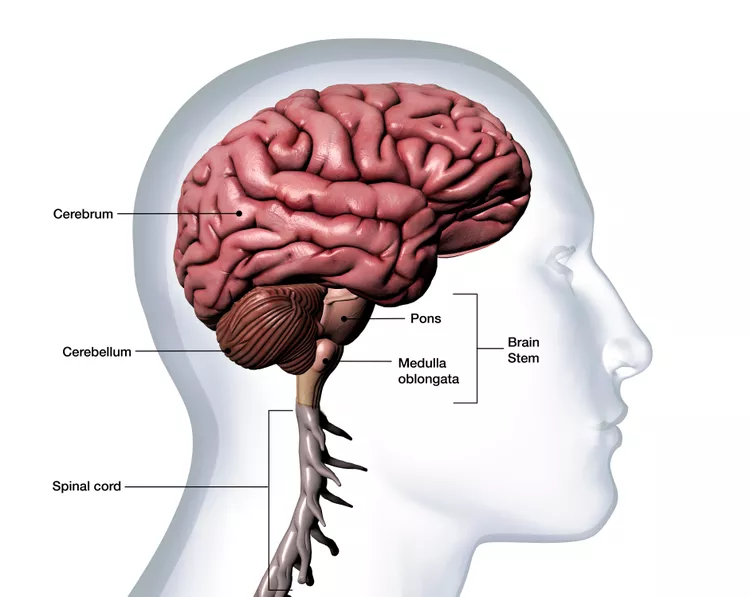Working of Anaesthetic Drugs in the Brain | 30 May 2024
Why in News?
Recent research provides new clues into the mechanism of general anaesthesia suggesting that these drugs might act primarily on specific brain areas responsible for keeping us alert and awake.
How do Anaesthetic Drugs Work Inside the Brain?
- The general anaesthetic drugs have been a cornerstone of modern medicine for over 180 years. Still, there is no thorough understanding of their precise working in the brain.
- The human brain has around 86 billion neurons, broadly categorised as excitatory (keeping us awake) and inhibitory (regulating excitatory neurons).
- These work in balance to control consciousness. Sleep involves inhibitory neurons silencing excitatory neurons.
- General anaesthesia mimics sleep by directly silencing excitatory neurons, effectively putting us to sleep for surgery.
- Recent Research Findings: The study identified differences in protein expression between excitatory and inhibitory neurons. These differences may explain why only excitatory communication is disrupted by anaesthesia.
- Future research aims to identify the specific protein variation that makes excitatory neurons more susceptible.
What are the Key Facts About the Human Brain?
- The human brain is the command centre for the human nervous system.
- It receives signals from the body's sensory organs and outputs information to the muscles.
- The human brain has the same basic structure as other mammal brains but is larger in relation to body size than the brains of many other mammals, such as dolphins, whales and elephants.
| Parts of the Brain | Description | Key Functions |
| Cerebrum (Largest Part) | Divided into 2 hemispheres | Thought, planning, memory, emotion, movement, and sensory processing. |
| Thalamus | Relay centre of the brain |
To relay motor and sensory signals to the cerebral cortex. It also regulates sleep, alertness, and wakefulness. |
| Hypothalamus | Connects the nervous system to the endocrine system. | Keeps the body in a stable state called homeostasis |
| Brainstem | Connects the brain to the spinal cord and controls vital functions. |
Relays information between the brain & body. Controls heart rate, breathing, & consciousness (sleep/wake cycles). Sub-Parts: Midbrain,Pons and Medulla oblongata. |
| Cerebellum | Major structure of the hindbrain. | Coordination, balance, and possibly some cognitive functions. |
| Cerebrospinal Fluid (CSF) | Clear, colourless, watery brain fluid | Cushioning & Waste Removal |
About Neuron:
- Neurons are the fundamental building blocks of the nervous system, responsible for transmitting information throughout the body.
- Parts: They consist of three main parts:
- Cell body (soma): Contains the nucleus and controls the neuron's functions.
- Dendrites: Branching extensions that receive signals from other neurons.
- Axon: A long, slender fibre that transmits signals to other neurons, muscles, or glands. Some axons are covered by a fatty sheath called myelin, which speeds up signal transmission.
UPSC Civil Services Examination, Previous Year Questions (PYQs)
Prelims
Q. What is the Cas9 protein that is often mentioned in the news? (2019)
(a) A molecular scissors used in targeted gene editing
(b) A biosensor used in the accurate detection of pathogens in patients
(c) A gene that makes plants pest-resistant
(d) A herbicidal substance synthesised in genetically modified crops
Ans: (a)


